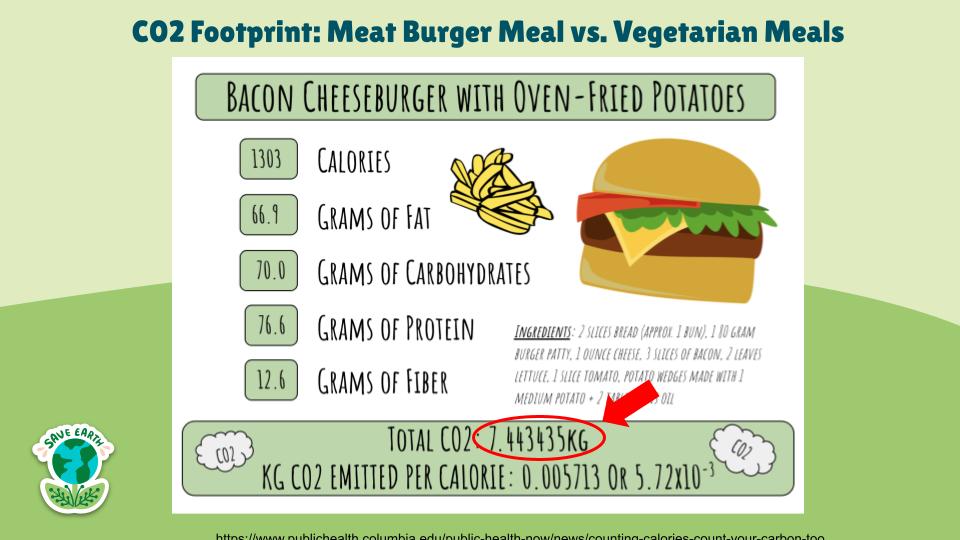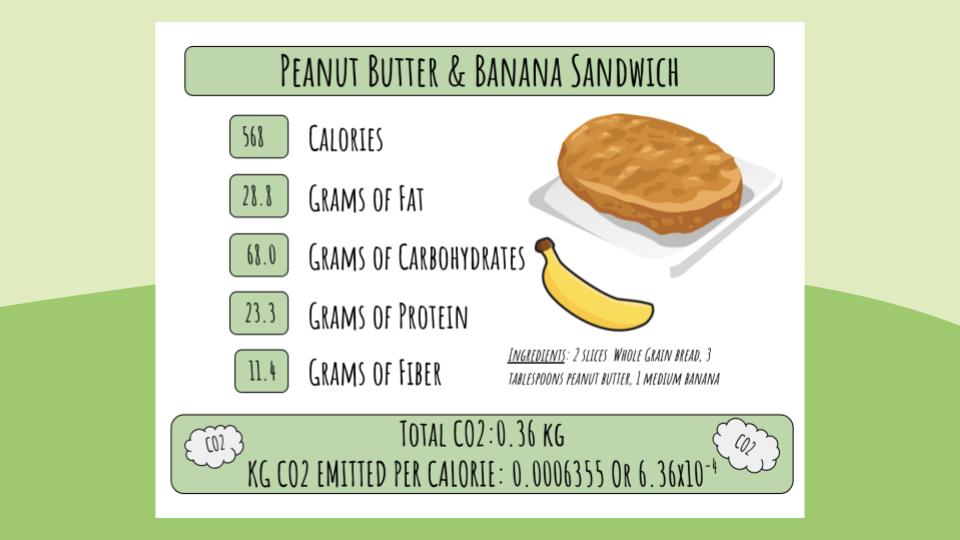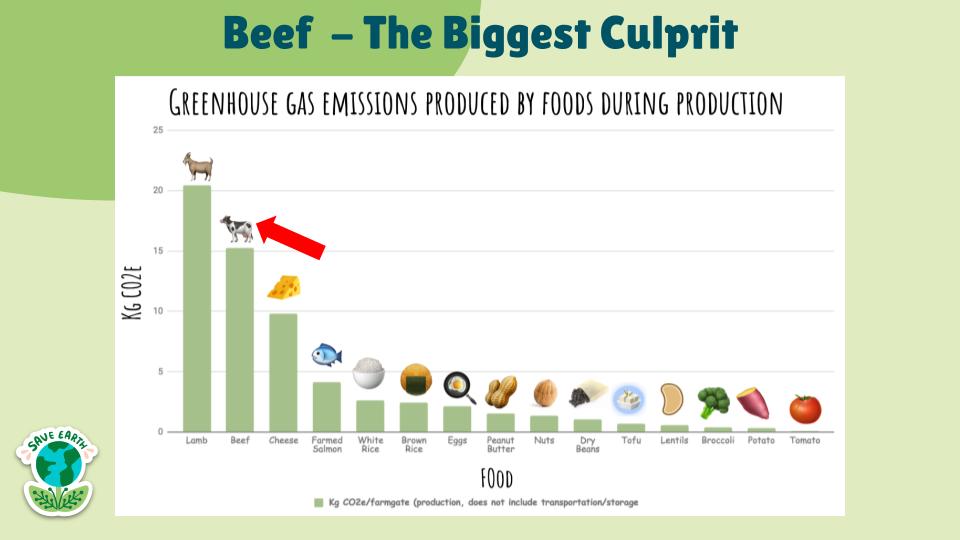

We live in a complex world today where our lives depend on many material things. We need electricity, transportation, water, clothing, and food, only to name a few resources. While going about our daily lives, most of us do not pay much attention to how these resources are brought to us. The whole process from production to transportation to distribution leaves a large footprint on the environment. Our consumption habits aggravate the issue and if we are not mindful of them, we could potentially be doing a lot of damage all around us.
Let us analyze one aspect of our lives, the food we consume. Within food, let us take a deeper look at the meat we eat. Most people fail to recognize the connection between meat and climate change. In fact, the meat industry is one of the biggest contributors of greenhouse gas emissions from the agriculture and livestock sector.
More than half of U.S. grain and nearly 40 percent of world grain is being fed to livestock rather than being consumed directly by humans. Just 55 percent of the world’s crop calories are actually eaten directly by people. Another 36 percent is used for animal feed. And the remaining 9 percent goes toward biofuels and other industrial uses. Some of that animal feed eventually becomes food but it takes about 100 calories of grain to produce just 12 calories of chicken or 3 calories worth of beef.
Enteric methane, produced from the intestines of cows, is a Short-Lived Climate Pollutant (SLCP) and has a life span of 12 years in comparison to carbon dioxide (CO2), parts of which stay in the atmosphere for many hundreds to thousands of years. Methane traps 84 times more heat than CO2 over the first two decades after it is released into the air. Even over a 100-year period, the comparative warming effect of enteric methane is 34 times greater than carbon dioxide (per kg). Therefore, reducing the rate of enteric methane emissions would help reduce the rate of global warming in short term, and if emission reductions are sustained, can also help limit peak warming. [fao.org].
Soils play a key role in the carbon cycle by soaking up carbon from dead plant matter. Plants absorb CO2 from the atmosphere through photosynthesis, and pass carbon to the ground when dead roots and leaves decompose. Deforestation to create agriculture lands can cause this soil carbon to get released at a faster rate than it can be replaced. This net release of carbon to the atmosphere further contributes to global warming.
Beef production is resulting in massive deforestation in the Amazon. There are many issues here. With deforestation, we are losing trees that act as sinks for green-house gases. The burning down of these forests to create pastures for grazing cattle is releasing more CO2 into the environment. Beef and soy production are driving more than two-thirds of the recorded habitat loss in Brazil, Argentina, and Paraguay. Demand for soy is closely connected to demand for beef and other animal proteins. Between 70 percent and 75 percent of all soy becomes livestock feed.
Anika Arora & Divya Arora

A very good writeup for middle and high schoolers.